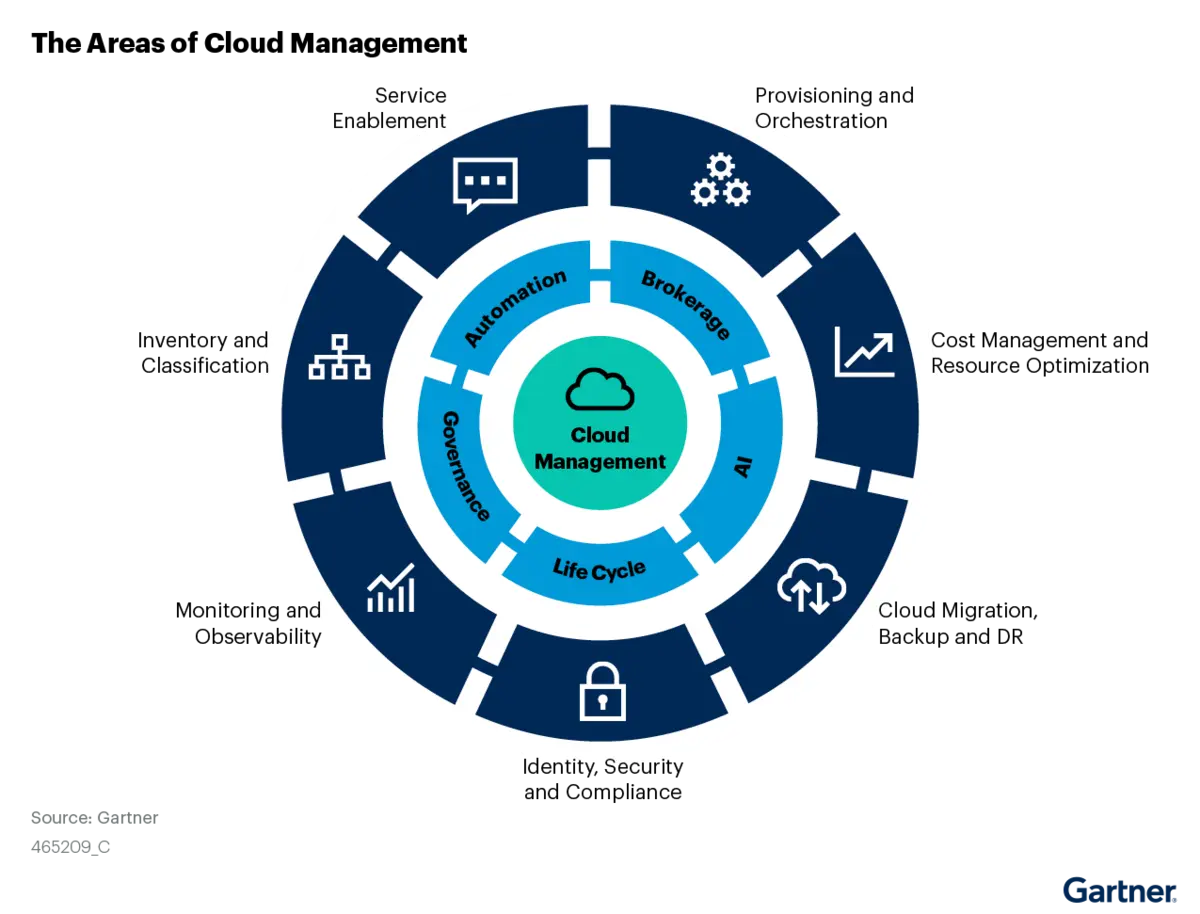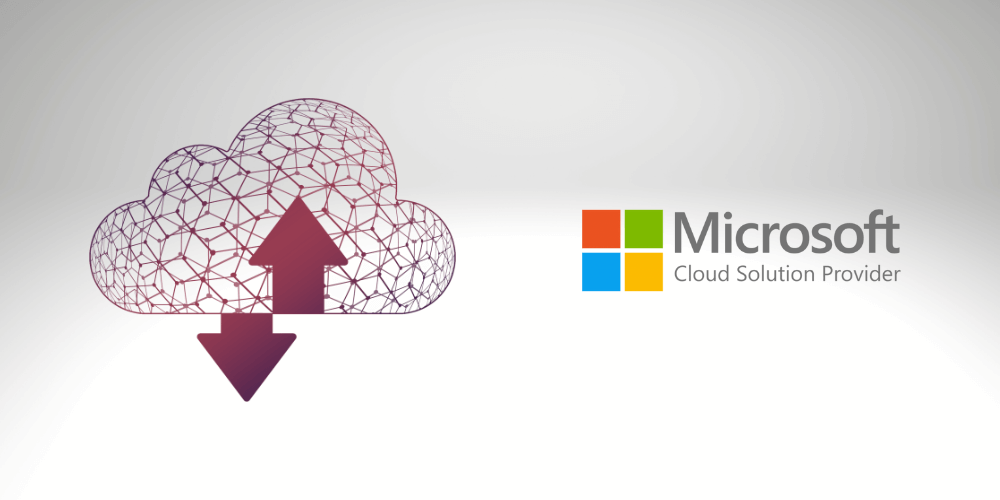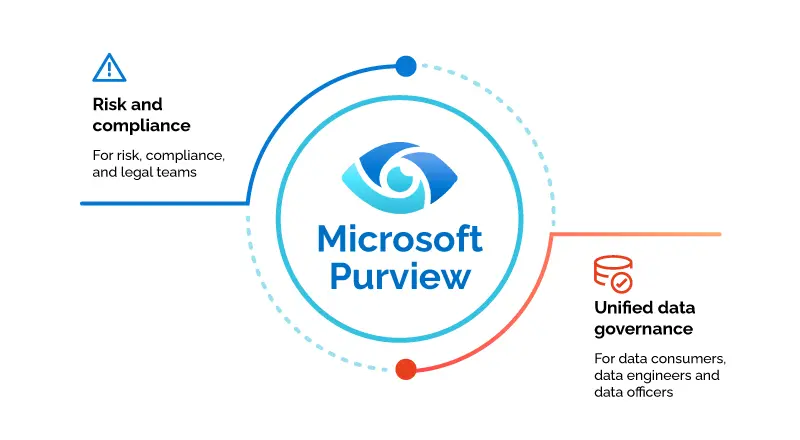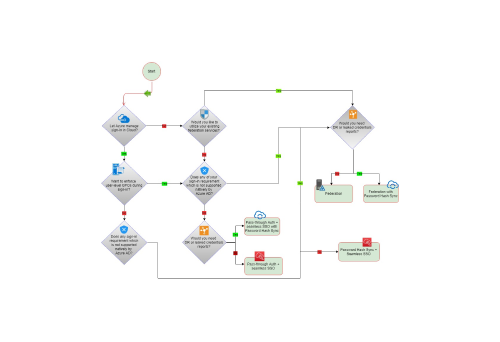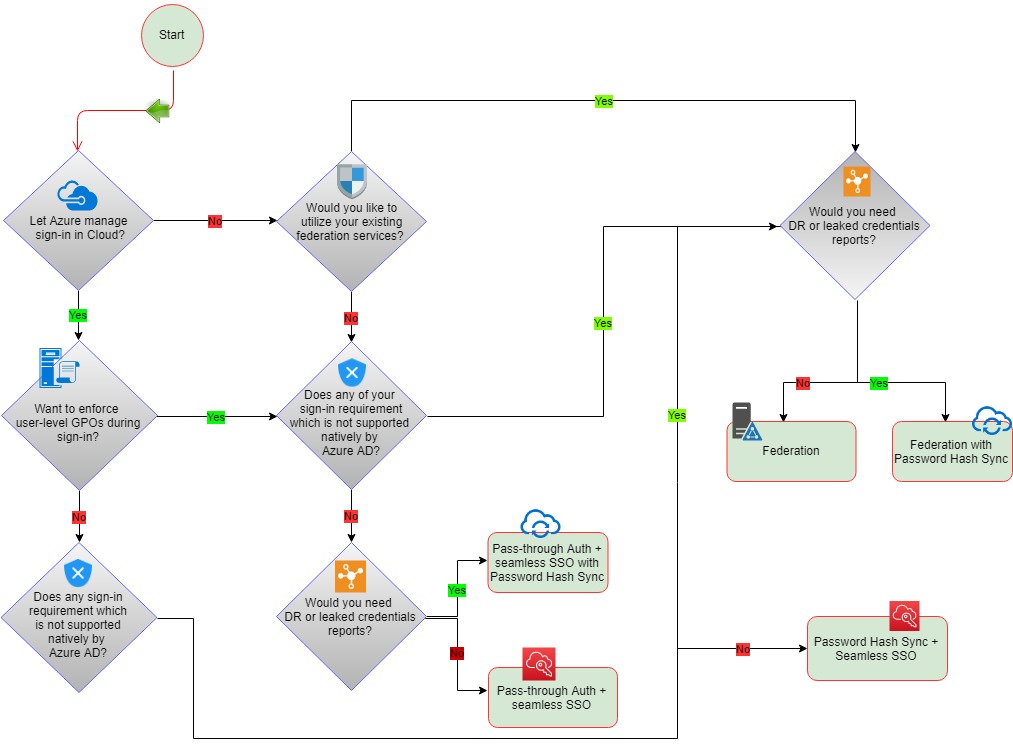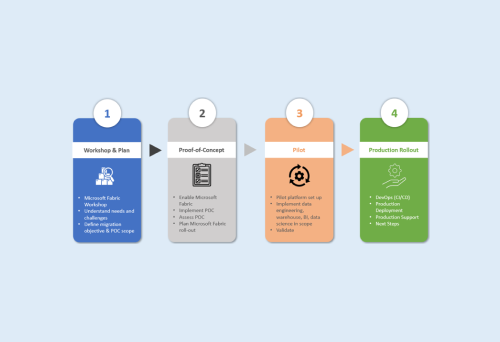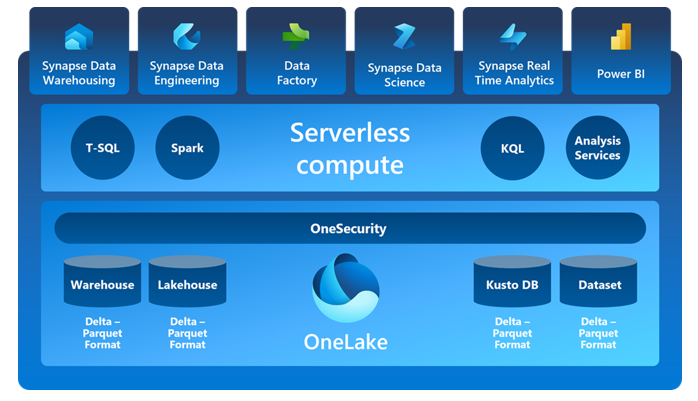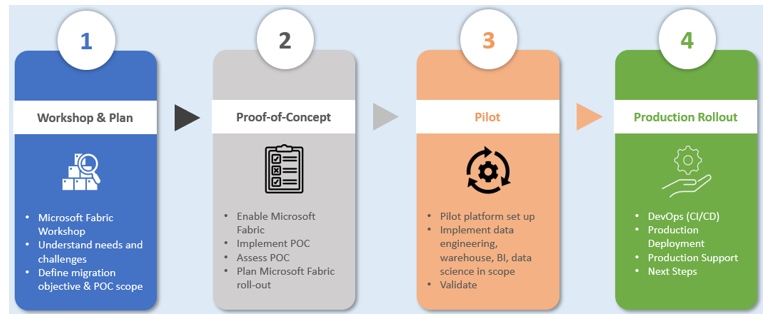Your cloud management portal is the gateway to your most critical business systems — from customer data to core operational workflows. Yet, many organizations underestimate the importance of securing these powerful platforms. As centralized control hubs, they are prime targets for cyberattacks.
The challenge isn’t just deploying security tools — it’s achieving the right balance between strong protection and the operational agility your teams rely on. Effective cloud management security must not only defend against threats but also enable your organization to move faster, stay compliant, and grow with confidence.
Why Security Matters
Your cloud management portal functions as the central gateway to your organization’s digital assets. Customer information, proprietary data, and mission-critical applications all flow through this access point. A successful breach here doesn’t just compromise individual systems – it can expose your entire digital infrastructure to unauthorized access and potential risk.
Effective authentication serves as your primary security barrier. Multi-factor Authentication (MFA) prevents unauthorized access even when credentials are compromised. This additional verification layer has proven essential in stopping attackers who obtain passwords through phishing or data breaches from accessing your systems.
At SNP Technologies Inc., our Cloud Management Portal (CMP) delivers comprehensive capabilities including discovery, template-based provisioning, orchestration, automation, monitoring, governance, and cost optimization, providing secure management across multi-cloud environments with enterprise-grade protection.
Role-based access controls complete your security foundation. Each user should receive permissions aligned precisely with their job responsibilities. Administrative privileges belong only to personnel who require them for legitimate business functions. This approach minimizes exposure while maintaining operational effectiveness.
Compliance: The Rules You Can’t Afford to Break
Compliance may not be the most exciting topic, but the consequences of ignoring it certainly demand attention. Whether it’s GDPR in Europe (protect personal data) or HIPAA in healthcare (where patient), the regulations keep piling up.
Let’s be clear: compliance violations can be financially devastating. Under regulations like GDPR, fines can reach up to 4% of your global annual revenue. That major business initiative you’ve been planning? It could vanish because someone accidentally exported the wrong database to a personal device.
A robust cloud management portal doesn’t just help you stay compliant — it provides the proof you’ll need when auditors come calling. And make no mistake, they will come calling.
This can be more impactful -One of the core advantages of partnering with SNP Technologies Inc. is our Cloud Management Portal’s built-in governance and compliance capabilities. Designed to enforce policies and regulatory frameworks, it ensures your cloud operations consistently align with both organizational standards and industry requirements — a critical advantage for organizations navigating complex, multi-cloud environments.
Keeping Your Portal Secure

Securing your cloud management portal doesn’t have to be overly complex. It’s about making practical, effective choices that strike the right balance — enabling your team to work efficiently while maintaining strong defenses against real-world threats.
- Enable Multi-Factor Authentication (MFA) for Everyone: Even Leadership: It may seem like a small inconvenience, but that second layer of protection can be the only barrier standing between your company’s data and a compromised password. Security applies to everyone — including the CEO.
- Prioritize Regular Updates: Security patches may feel like a nuisance, but they’re critical fixes for vulnerabilities that attackers are already exploiting. Treat them as essential maintenance and schedule time monthly to stay current.
- Monitor for Unusual Activity: A login attempt from an unexpected location at an odd hour should raise immediate concern. The right systems can detect these anomalies early and help prevent security incidents before they escalate.
- Empower Your Team with Awareness: Even the most sophisticated security measures can be undermined by a single click on a malicious attachment. Ongoing training helps employees recognize warning signs and act with caution.
- Choose Security-Minded Partners: Work with vendors who can clearly articulate their security strategies and demonstrate how they’re safeguarding your data — without hiding behind jargon.
Adapting to a Changing World
Security is not a one-time setup — it’s an evolving practice. As new threats emerge and regulations shift, your defenses must be flexible enough to adapt without requiring a complete overhaul every few years.
Effective alerts should be understandable to real people. Rather than overwhelming teams with technical jargon, notifications should provide clear, actionable insights — like flagging when someone attempts to download a customer database over the weekend or accesses files outside their usual scope.
Regulatory requirements will continue to evolve, and your cloud management portal should support compliance agility. The right solution enables you to meet new obligations confidently, without relying on external consultants for every change. A future-ready platform grows with your business — it doesn’t slow you down.
Secure Your Foundation, Empower Your Future
Your cloud management portal isn’t just a helpful interface — it’s the operational backbone of your digital enterprise. If left under protected, it becomes a prime target for threats that could compromise your entire organization. But when fortified with the right security measures and built-in compliance, it becomes a powerful enabler — allowing your team to focus on innovation and growth with confidence.
Effective security doesn’t mean deploying the most complex or expensive tools — it means working with a partner who understands your business and can deliver end-to-end protection that grows with you. SNP Technologies Inc.’s Cloud Management Portal is built with that philosophy: to empower organizations with full visibility, control, and security across multi-cloud environments.
Our platform streamlines operations, enhances agility, and reduces costs by automating resource discovery and provisioning across cloud ecosystems — minimizing manual configuration and maximizing efficiency.
With 13 Microsoft Specializations, 150+ Microsoft Certifications, over 1,000 successful project deliveries, and 300+ customers served, SNP Technologies brings deep expertise and proven results.
Ready to modernize your cloud operations while strengthening your security and compliance posture? Let’s build a cloud strategy that’s as resilient as it is forward-thinking.





